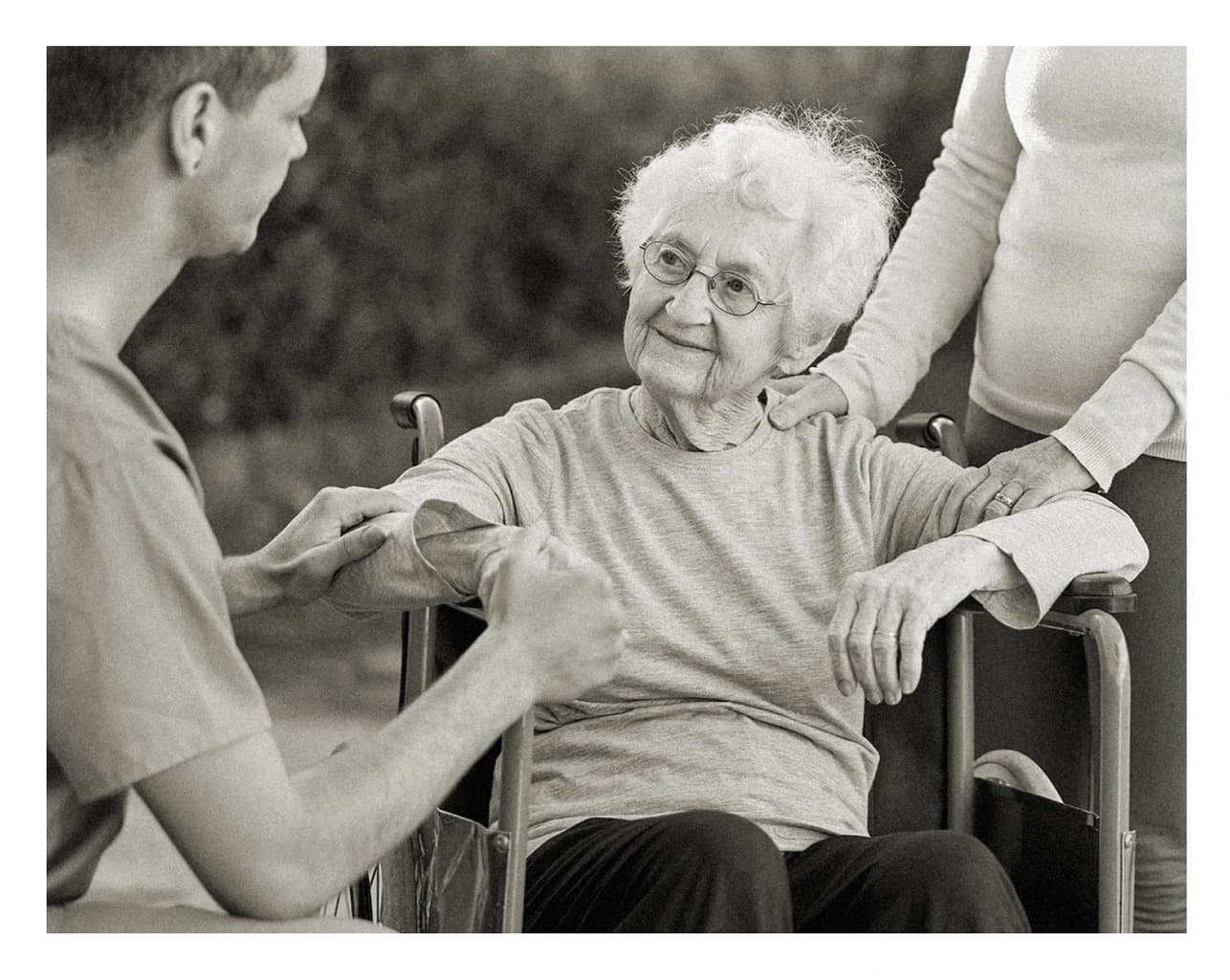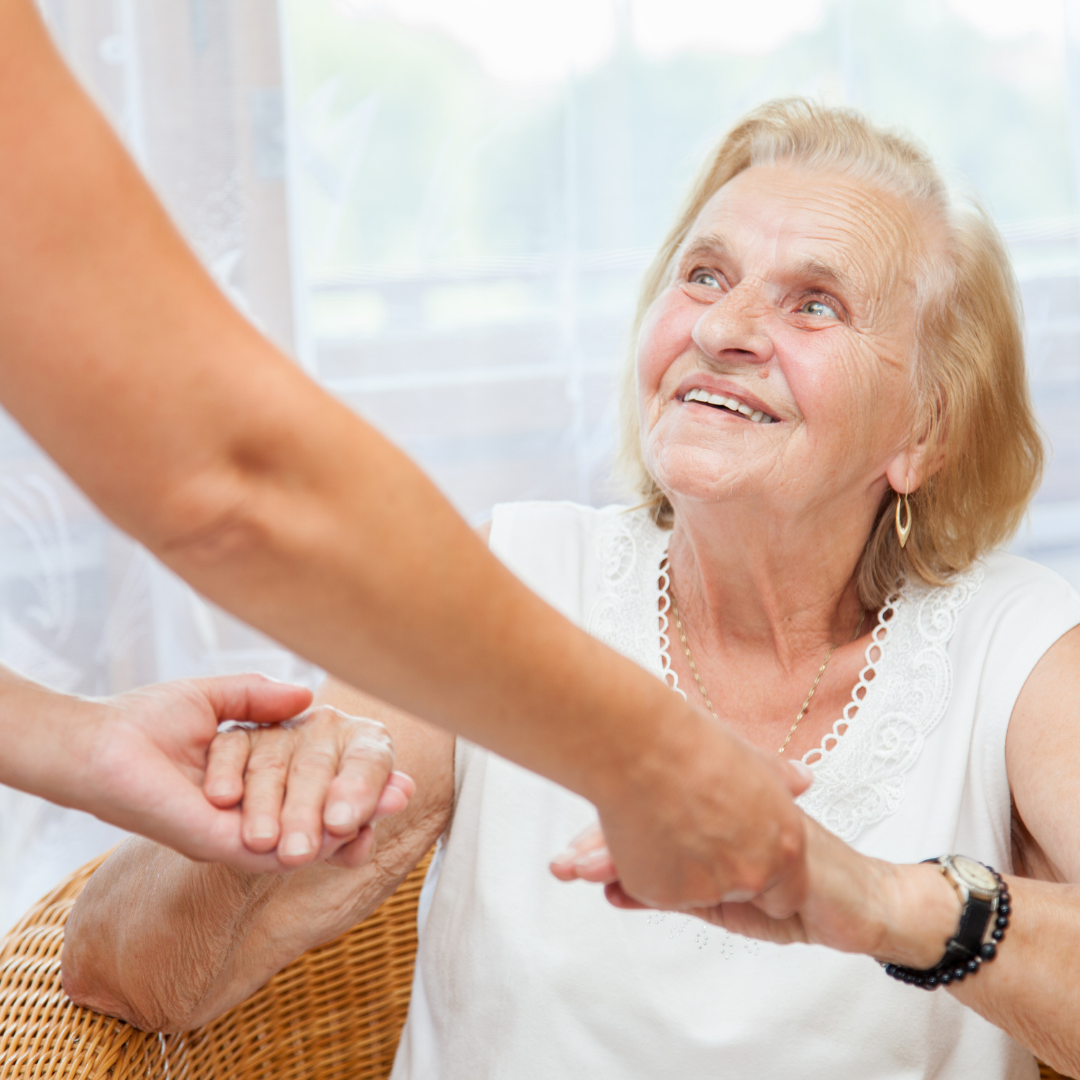Fresh farm donations ...
Most CHAA’s operators began delivering services in the province between 1860 and the 1970s as nursing posts in rural areas. In those early days, care was provided by missionaries who committed to deliver care to the most vulnerable and frail Albertans.
Because there was no public health care system at the time, it was common practice for family members to pay for their loved one’s care by donating and bartering. Milk, butter and eggs from surrounding farms was commonly donated to supply the local care home. Fresh vegetables and canned goods, such as jams, were always welcomed. Blankets were made from old sweaters, and bedding sewn from cotton sheeting were also typical contributions from community.

... give way to contemporary funding models
Today, about one-third of the province’s continuing care services are still delivered by those original CHAA not-for-profit organizations. But the operators have long since moved away from goods and services donations to support core functions operations — and now benefit from standardized, provincial funding models (such as PCBF) to ensure all contracted operators have the resources they need to deliver care. Every operator – whether not-for-profit, for-profit, or AHS – receives a comparable level of public funding to provide services to residents.
While CHAA operators rarely receive donations of farm eggs or butter anymore, we continue to welcome charitable donations to enhance resident quality of life.

Related content
Learn more about the funding model in Alberta.

Our history
CHAA is Alberta’s longest-serving association in the acute care and continuing care sector. Our doors opened in June 1943 – a month after the end of the Second World War.

Our board
CHAA's small but mighty board is close-knit, values-driven, and nimble. Our goals? To always collaborate respectfully with decision-makers. And to use evidence and experience to inform system-wide change.

Our members
Our member organizations are exclusively not-for-profit providers of publicly funded continuing care and acute care services info. Collectively, we use the power of research, leadership, and integrity to champion change.
